
LARP6C reveals its double face during plant fertilization
The Plant Cell: In a NutshellBilley et al. uncover the roles of LARP6C as a translational repressor in dormant pollen and an activator when the pollen “awakens”. The Plant Cell (2021) https://doi.org/10.1093/plcell/koab131
By Elodie Billey1,2,3, Said Hafidh4, Cécile Bousquet-Antonelli1,2
1 CNRS LGDP-UMR5096, 58 Av.…
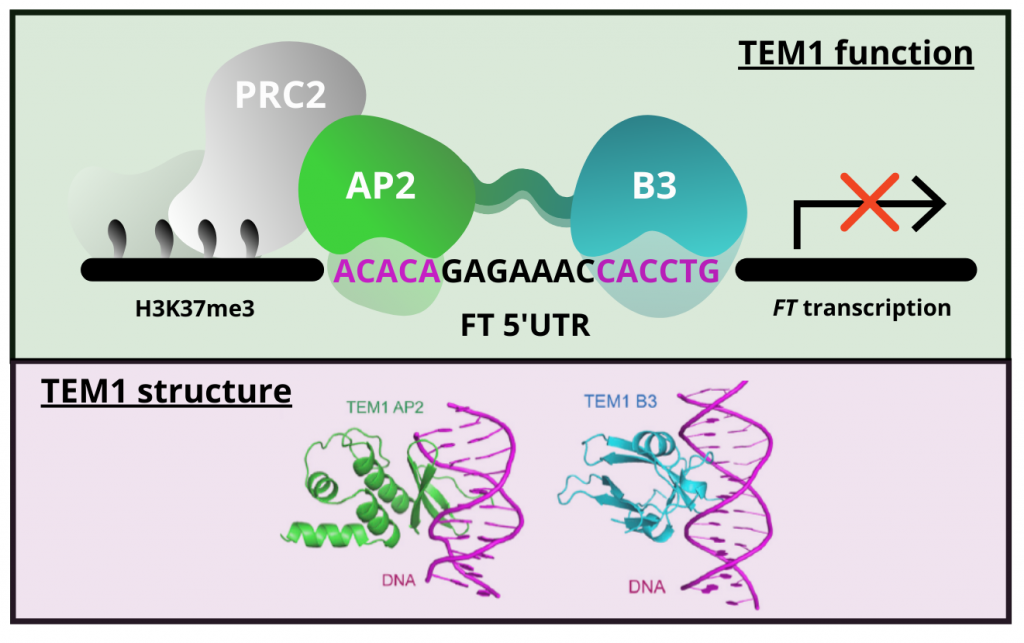
TEM1 combinatorially binds to FLOWERING LOCUS T and recruits a Polycomb factor to repress the floral transition in Arabidopsis (PNAS)
Plant Science Research WeeklyGene expression is primarily controlled by transcriptional regulatory proteins able to recognize and bind short DNA sequences in downstream targets. Understanding how DNA-binding proteins achieve high precision and switch on/off the transcription of selected genes at a specific developmental stage or…
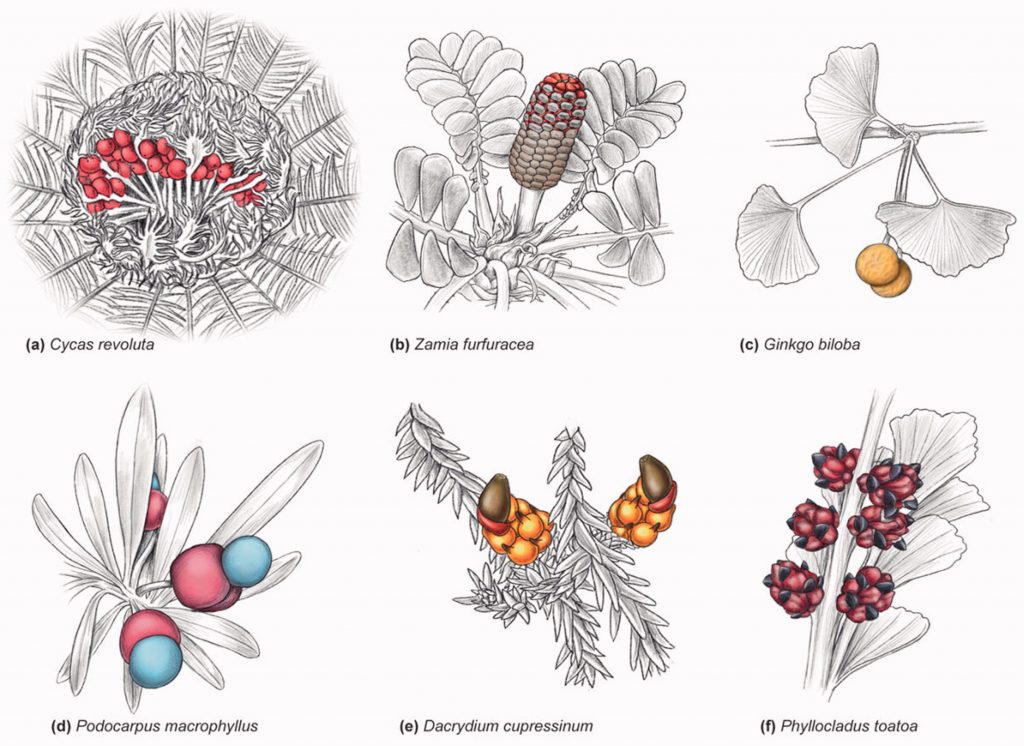
Review: Fleshy structures associated with ovule protection and seed dispersal in gymnosperms (Crit. Rev. Plant Sci.)
Plant Science Research WeeklyWhile traditionally known for having their ovules exposed to the environment, all gymnosperm lineages have species with fleshy seed-associated tissues. Here, Nigris and colleagues provide an overview of the vast diversity of fruit-like structures present in gymnosperms and the hypothesis available to…

Nurse cell–derived small RNAs define paternal epigenetic inheritance in Arabidopsis (Science)
Plant Science Research WeeklyNew mechanisms for the production and function of small RNAs continue to be discovered. Previous studies have shown a role for small RNAs in methylation reprogramming. Recently, Long et al. found that the epigenetic reprogramming that takes place in the male reproductive tissues also involves mobile…
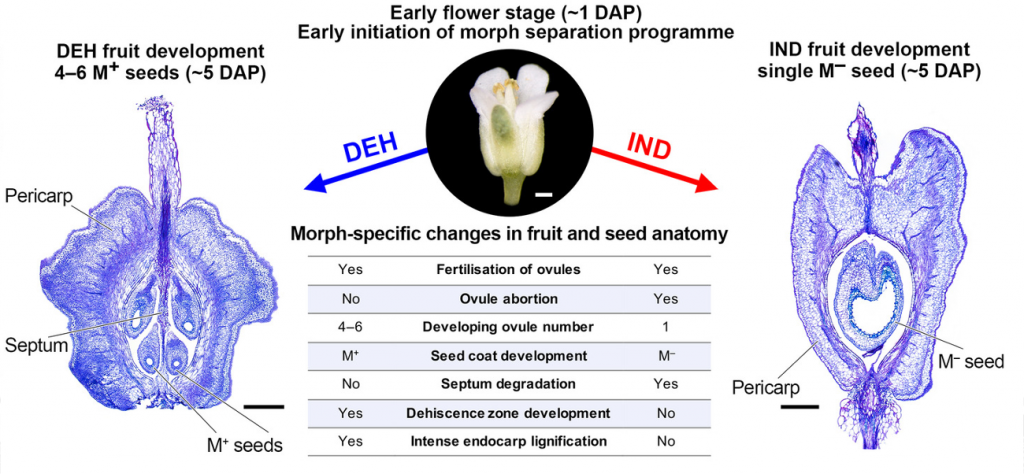
A tale of two morphs: seed coat differentiation in the dimorphic diaspore model Aethionema arabicum (Brassicaceae) (Plant J.)
Plant Science Research WeeklyWhile most plants have a single fruit and seed form, several species produce two or more distinct fruit and seed types, although the mechanisms behind this phenomenon remain unknown. Here, Arshad and colleagues assess the differences in the internal morphology and transcriptomic profile throughout development…
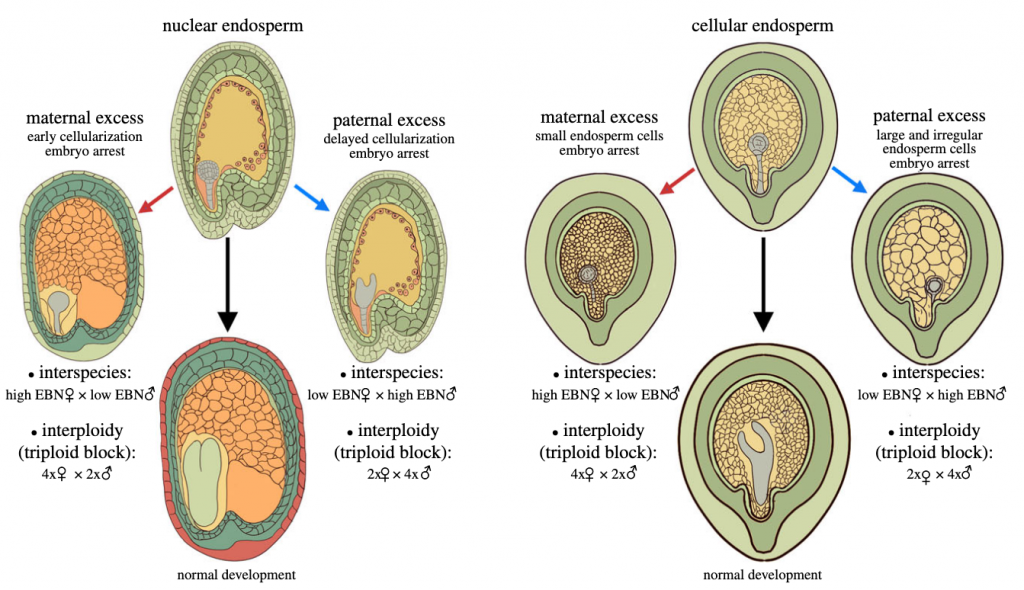
Review: Postzygotic reproductive isolation established in the endosperm: mechanisms, drivers and relevance ($) (Phil. Trans. R. Soc. B)
Plant Science Research WeeklyIn this fascinating review, Köhler and colleagues show us that the seed endosperm is not only a nutritive tissue that supports embryo growth, it also nourishes the course of plant evolution. When closely related species or species with different ploidy levels hybridize, endosperm development deviates…
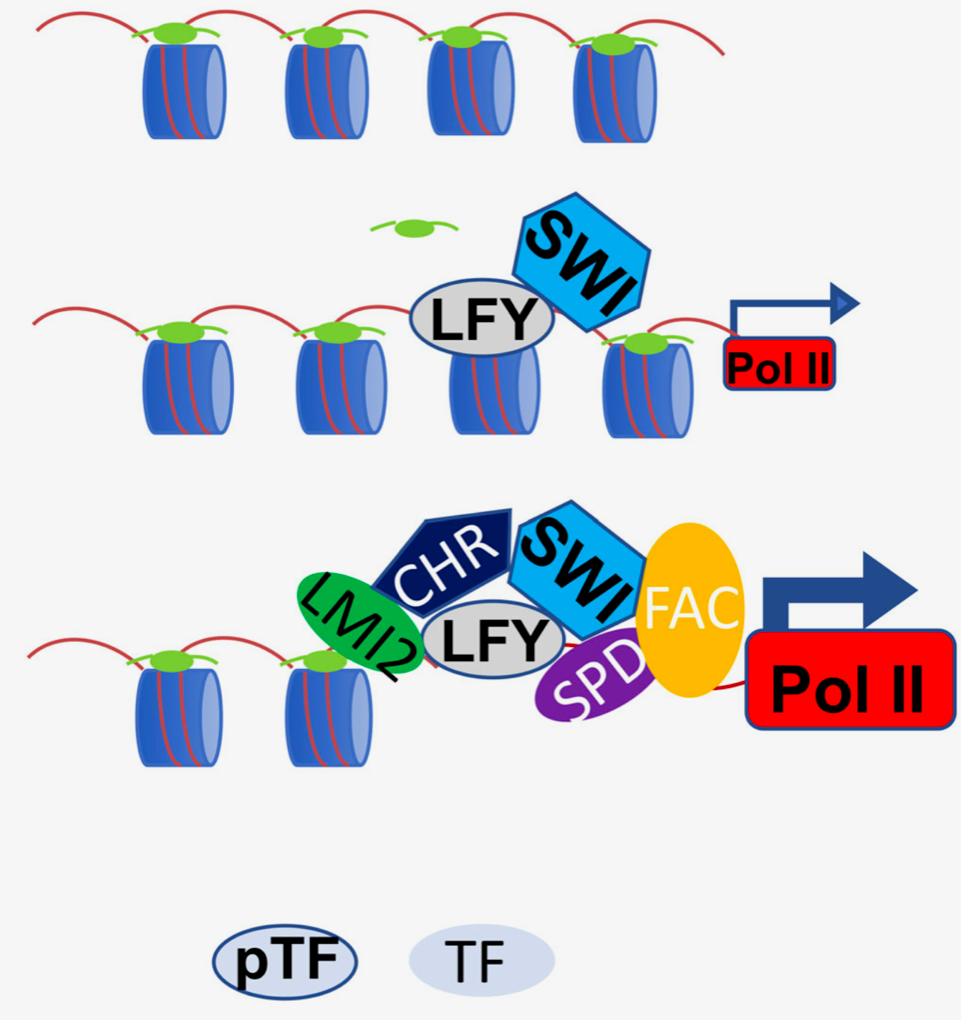
LEAFY is a pioneer transcription factor and licenses cell reprogramming to floral fate (Nature Comms)
Plant Science Research WeeklyMaster transcription factors (TFs) can activate specific genetic programs to reprogram cellular fate in the context of open chromatin. A special class of these proteins known as pioneer TFs are defined by their ability to trigger cell fate reprogramming by binding their cognate cis motifs in a nucleosome…

Longer telomeres, earlier flowering: Natural variation in plant telomere length is associated with flowering time (Plant Cell)
Plant Science Research WeeklyTelomeres (from Greek words meaning "end part") are highly repetitive DNA sequences at chromosome ends that guard against degeneration during cell division. Though all eukaryotes possess telomeres, extensive interspecific variation exists for telomere lengths (300bp in yeast to 150kb in tobacco). Telomere…

TERMINAL FLOWER 1-FD complex target genes and competition with FLOWERING LOCUS T (Nat. Commun.)
Plant Science Research WeeklyThe onset of reproductive development is tightly regulated in response to environmental cues as early and delayed flowering greatly affects seed production. In Arabidopsis, the timing of flower formation is controlled by members of the Phosphatidyl Ethanolamine-Binding Protein (PEBP) family: TERMINAL…

